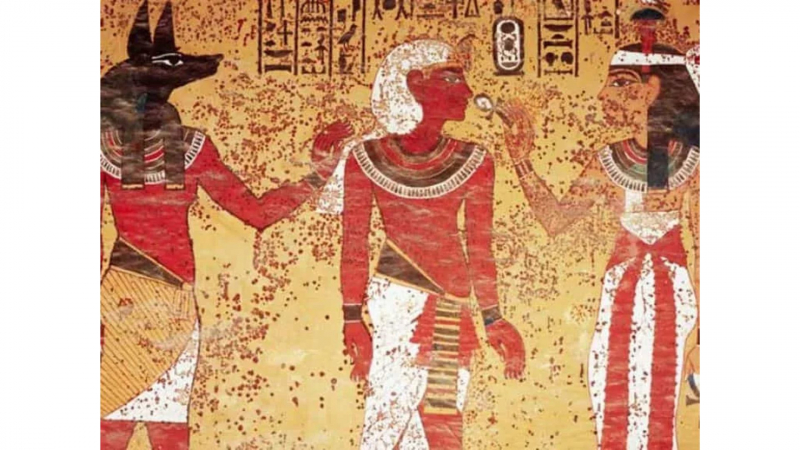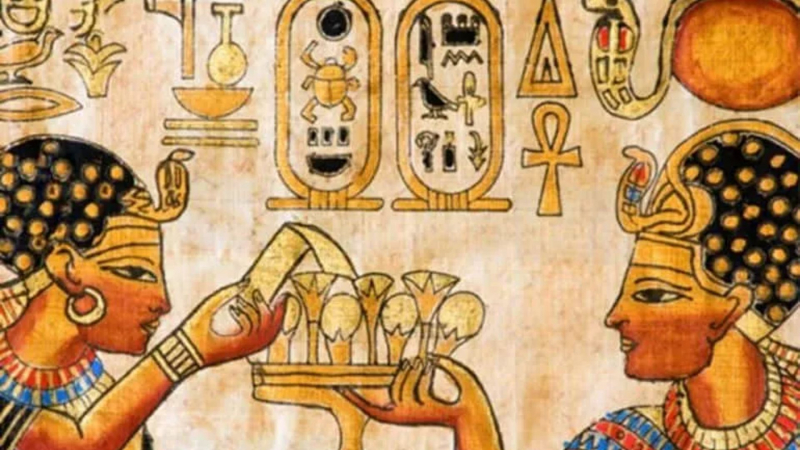Toothpaste And Breath Mints
The extraordinary preservation of the bread over thousands of years reveals one thing: Egyptian granaries and bakeries could not have passed a current health inspection. The consumers' teeth's enamel was worn away by the bread's abundance of grit and stone chips, leading to a wide range of dental problems. Ancient Egyptians frequently suffered from abscesses, therefore toothpaste emerged as one of their most famous innovations to help those who could afford it avoid them.
Egyptian toothpaste was created by grinding and combining various salts, dried flowers, pepper, ashes, and even eggshells. This abrasive mixture was then massaged in with the finger or a rudimentary toothbrush composed of torn twigs. Although it cleaned the teeth remarkably well, the toothpaste may have done more harm than good due to its gritty texture, which caused bleeding gums.
The Egyptians also invented breath mints for people who fell victim to the dangers of dental disease. Ancient Egyptians used drops of boiled honey infused with fragrant herbs and spices like frankincense, myrrh, and cinnamon to mask the unpleasant odor of decaying teeth. Additionally, they included mint in their toothpaste to freshen the breath - a practice that is still common in dental goods today.

















